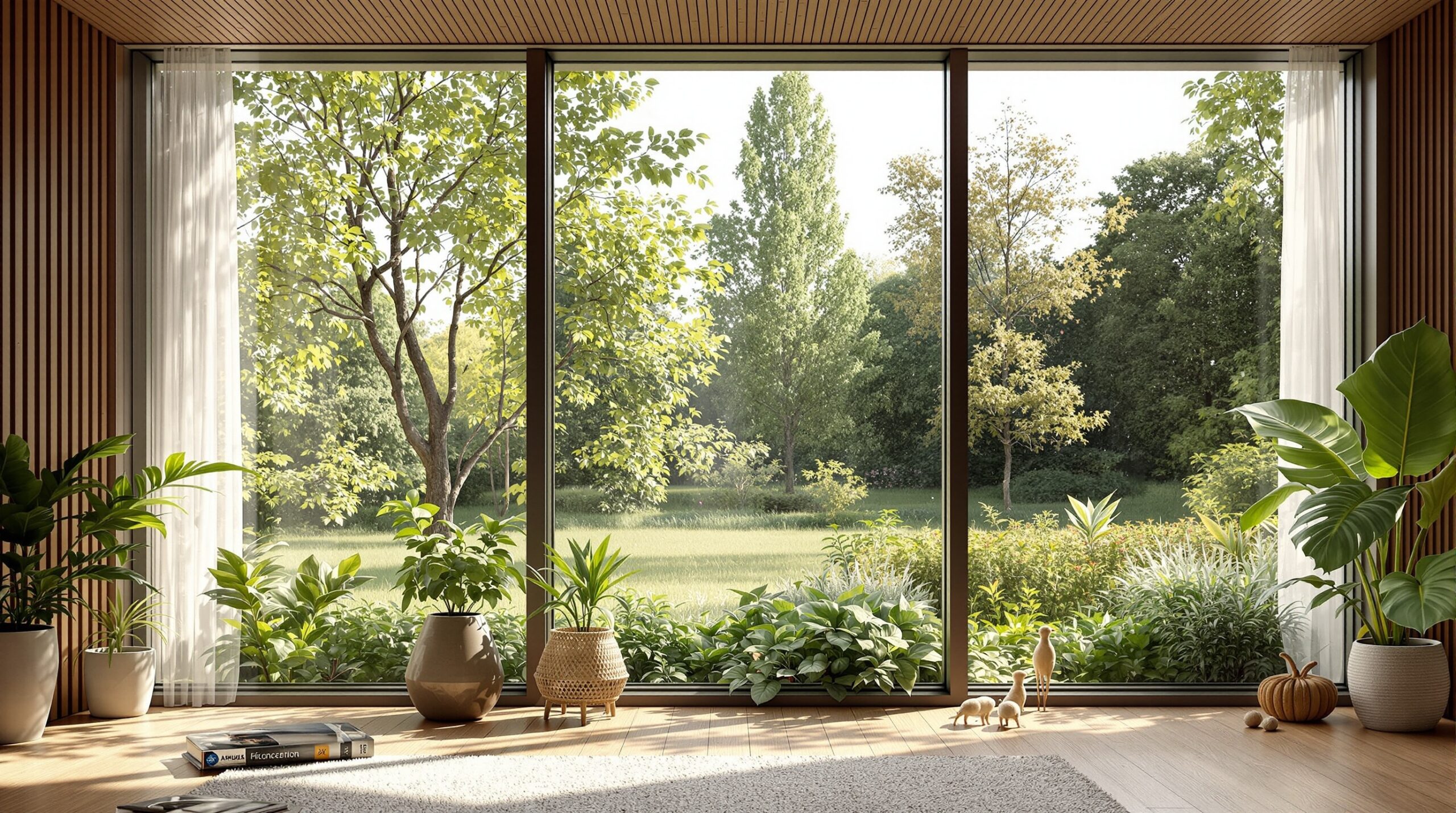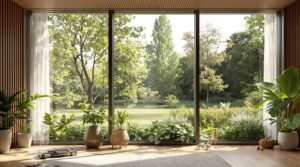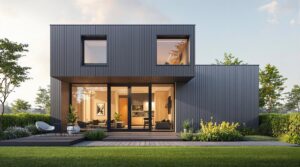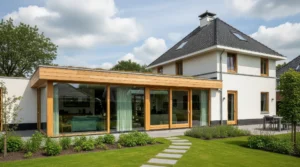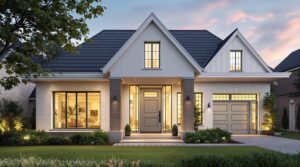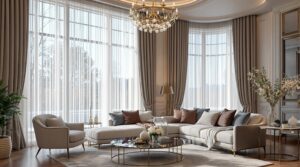Biophilic Design: Incorporating Nature with Strategic Window Placement
As Dutch residents, we have a deep appreciation for the natural world and the importance of connecting with the outdoors. Biophilic design, which incorporates elements of nature into building design, has become increasingly popular in the Netherlands. One key aspect of biophilic design is strategic window placement, which allows for an abundance of natural light and stunning views of the surrounding landscape. In this article, we will explore the benefits of biophilic window design and provide practical tips for incorporating nature into your Dutch home.
Basic Concepts: Understanding Biophilic Design
Biophilic design is an architectural approach that seeks to reconnect people with the natural world. The term “biophilia” was coined by biologist E.O. Wilson, who defined it as “the innate human tendency to seek connections with nature”. Biophilic design incorporates elements of nature, such as natural light, ventilation, and materials, to create buildings that promote occupant health and wellbeing. In the Netherlands, biophilic design is particularly relevant, as the country’s mild climate and picturesque landscapes make it an ideal location for indoor-outdoor living.
Benefits of Biophilic Window Design
Strategic window placement is a critical aspect of biophilic design, as it allows for an abundance of natural light and stunning views of the surrounding landscape. Some of the benefits of biophilic window design include:
- Improved mental health and wellbeing: Exposure to natural light and views of nature has been shown to reduce stress and improve mood.
- Increased energy efficiency: Natural light can reduce the need for artificial lighting, resulting in lower energy bills and a reduced carbon footprint.
- Enhanced indoor-outdoor connection: Large windows and sliding glass doors can create a seamless transition between indoors and outdoors, promoting a sense of connection to nature.
Strategic Window Placement for Nature
To maximize the benefits of biophilic window design, it is essential to consider the strategic placement of windows in your Dutch home. Here are some tips to keep in mind:
- Orientation: Consider the orientation of your home and place windows on the south and west sides to maximize natural light and warmth.
- Size and shape: Use large windows and sliding glass doors to create a sense of openness and connection to the outdoors.
- Frame material: Choose frame materials that are durable and low-maintenance, such as aluminum or fiberglass.
Indoor-Outdoor Connection Windows in the Netherlands
In the Netherlands, indoor-outdoor connection windows are a popular choice for biophilic design. These windows create a seamless transition between indoors and outdoors, promoting a sense of connection to nature. Some popular types of indoor-outdoor connection windows include:
- Sliding glass doors: These doors can be used to connect indoor and outdoor living spaces, creating a seamless transition between the two.
- Folding windows: These windows can be folded back to create a large opening, promoting a sense of connection to the outdoors.
- Bi-fold doors: These doors can be used to connect indoor and outdoor living spaces, creating a seamless transition between the two.
Natural Light Integration in the Netherlands
Natural light integration is a critical aspect of biophilic design, as it promotes occupant health and wellbeing. In the Netherlands, natural light integration can be achieved through the use of:
- Solar tubes: These tubes can be used to bring natural light into interior spaces, reducing the need for artificial lighting.
- Skylights: These can be used to bring natural light into interior spaces, reducing the need for artificial lighting.
- Large windows: These can be used to bring natural light into interior spaces, reducing the need for artificial lighting.
Practical Tips for Incorporating Biophilic Design into Your Dutch Home
To incorporate biophilic design into your Dutch home, consider the following practical tips:
- Use natural materials, such as wood and stone, in your interior design.
- Incorporate plants and greenery into your interior design.
- Use large windows and sliding glass doors to create a sense of openness and connection to the outdoors.
Conclusion
In conclusion, biophilic design is a powerful tool for promoting occupant health and wellbeing in Dutch homes. By incorporating elements of nature, such as natural light and ventilation, into building design, homeowners can create spaces that promote a sense of connection to the outdoors. Strategic window placement is a critical aspect of biophilic design, as it allows for an abundance of natural light and stunning views of the surrounding landscape. By following the practical tips outlined in this article, homeowners can incorporate biophilic design into their Dutch homes, promoting a healthier and more sustainable living environment.
Use the following table to get an overview of biophilic design elements and their benefits:
| Biophilic Design Element | Benefits |
|---|---|
| Natural Light | Improved mental health and wellbeing, increased energy efficiency |
| Indoor-Outdoor Connection | Enhanced sense of connection to nature, improved mental health and wellbeing |
| Natural Materials | Improved air quality, reduced maintenance costs |
By incorporating biophilic design elements into your Dutch home, you can promote a healthier and more sustainable living environment, while also enhancing your overall quality of life.

